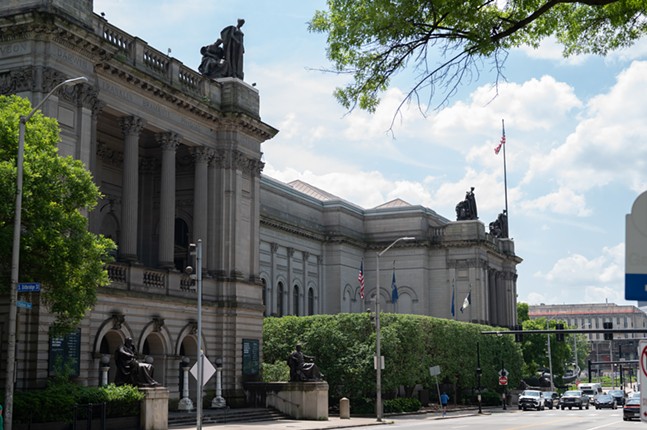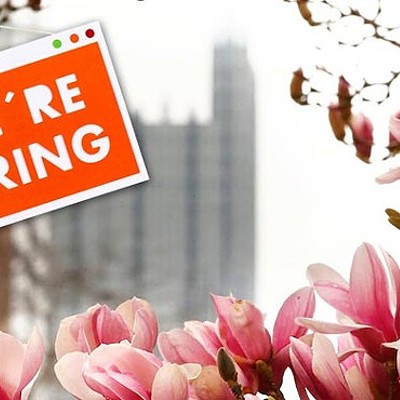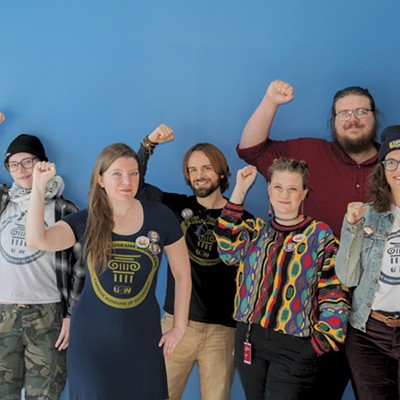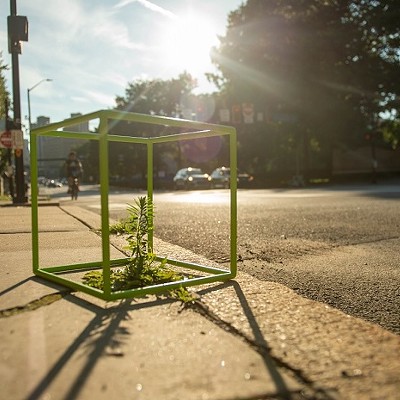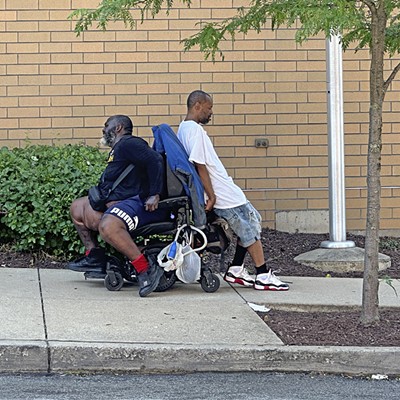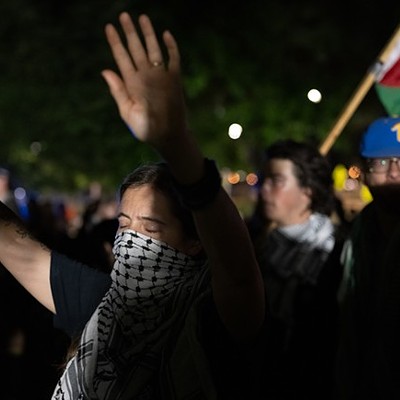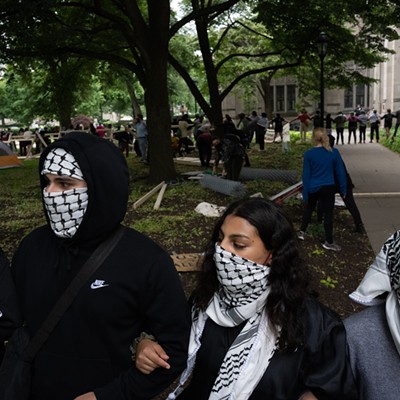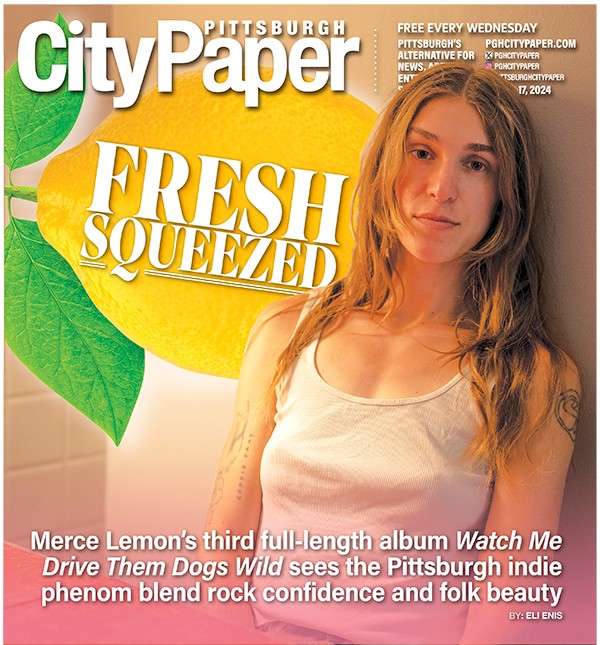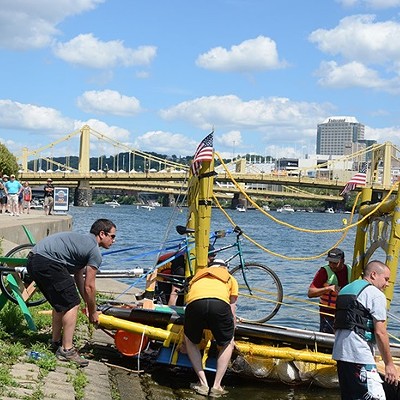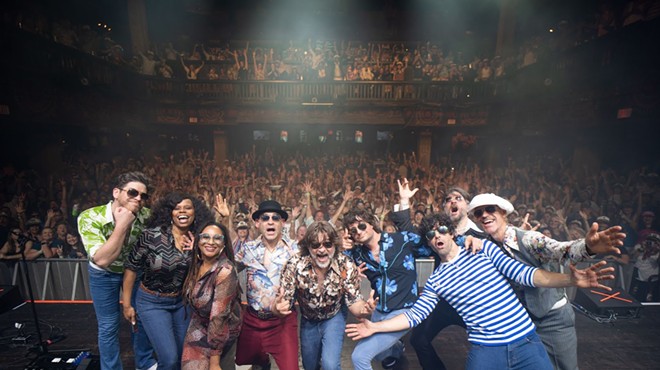After controversy over Indigenous remains, CMNH faces the nuanced reality of repatriation
[
{
"name": "Local Action Unit",
"component": "24929589",
"insertPoint": "3",
"requiredCountToDisplay": "1"
}
]
An explosive ProPublica investigation last year left the Carnegie Museum of Natural History under fire for their large collection of unrepatriated human remains.
Local media outlets followed up, publishing articles highlighting the museum’s displays which utilized human remains, including a particularly popular diorama.
But Amy Covell-Murthy, the museum’s archaeology collection manager, said that, while she applauds the intentions of the investigation, the ProPublica article left out key nuances in the repatriation process that explain the reasons for these remains being at the museum.
“It insinuated that every institution that still was caring for human remains was doing so nefariously,” Covell-Murthy said.
Instead, Covell-Murthy explains a large reason why many of the human remains still stay within the possession of the Carnegie museum, isn’t because of a lack of effort, but rather the fact that the repatriation process takes years and oftentimes is not accessible for Indigenous tribes themselves.
Covell-Murthy highlighted that what many articles failed to mention, is the ambiguity in the current laws surrounding repatriation including details within the process itself. For instance, only up until recently did the repatriation laws mandate for the remains to at least be geographically affiliated, where previously it had to be more specifically affiliated. Furthermore, there is a significant lack of guidance for how these remains should be repatriated, resulting in better funded tribes having the means to repatriate their affiliated remains more quickly then less funded and less connected tribes.
“Because most of these people [the remains] came from this area, there aren't any federally recognized tribes. who claim direct descendancy from those particular people,” Covell-Murthy said. “And the way that the federal NAGPRA law works, or worked until they made new regulations a few years ago, was that in order to repatriate the museum lineage a cultural connection between that descendant community and this ancestral community. The new regs allow us to geographically affiliate all of those people.”
The Native American Graves Protection and Repatriation Act of 1990 (NAGPRA) established a process by which Native American descendants and tribal nations can repatriate skeletal remains, burial artifacts and other sacred objects to their ancestral lands. To start this process, the descendent or tribe member has to make a claim at a museum or research institution.
NAGPRA requires museums to identify all the human remains and burial objects they have, and to publish a list of tribes who are eligible to claim the remains and objects held by the museum. It also requires institutions to collaborate with tribal nations during the repatriation process.
Currently, the Museum has the 30th largest collection of unrepatriated Native American remains in the U.S. The institution reported still having the remains of approximately 600 Native Americans in its collections, though none remain on display.
Covell-Murthy said the majority of the remains within the museum’s possession were the result of cultural preservation methods. She added that in her 17-year tenure at the museum, there has not been an attempt imitated by a tribe or individual to claim any of the human remains within the museum’s possession.
Covell-Murthy said the museum has been participating in repatriation efforts since the 90s and has repatriated approximately 25% of the museum’s collection of human remains during that time.
As part of her work at the museum, Covell-Murthy has sent hundreds of certified letters, emails, and calls to tribes both in the area and across the country, in an effort to connect the remains with their rightful communities, but outlined how this process can be incredibly slow.
A particular case she worked on included the repatriation of a human skull, stolen by a Pittsburgh doctor while on vacation in Arizona over 110 years ago, which was later donated to the museum.
Covell-Murthy said as part of the repatriation process she had to contact all 22 tribes in the area, and received mixed responses. Some said they weren’t affiliated, some were uncertain, some expressed interest but lacked the time to dedicate to the process and others didn’t respond at all. Covell-Murthy emphasized the repatriation process is “tribal led.”
“I can't reach out and force a tribe to work on repatriation if they're not ready yet,” Covell-Murthy said.
However, the added spotlight on the museum’s repatriation efforts did spark further change and momentum into the process. Covell-Murthy said the museum now helps fund, through federal grants,the repatriation processes for tribes, including helping deliver the remains, rather than making the tribes pick them up.
However, after Pittsburgh City Paper followed up with questions about funding, the Carnegie Museum of Natural History refused to disclose the amount of money they invest into these repatriation efforts.
While there is still much more work to be done, Covell-Murthy said she wishes to clarify an incorrect assumption about the repatriation process: A 100% repatriation, she says, is “unrealistic” for the museum, at least in the near future, due to various reasons including the length of the processes, imperfect communication with tribes, and a shortage of claimants for these remains.
As a result, Covell-Murthy said while she continually works to repatriate these remains, she hopes for further less invasive scientific advancements that can better identify the lineage of the remains. And in the meantime she helps create spaces for the remains to rest within secure facilities while they wait to be reunited to their proper homes.
“I think it's our duty to care for these people as best as possible, until the time comes where they can be repatriated,” Covell-Murthy said.
Local media outlets followed up, publishing articles highlighting the museum’s displays which utilized human remains, including a particularly popular diorama.
But Amy Covell-Murthy, the museum’s archaeology collection manager, said that, while she applauds the intentions of the investigation, the ProPublica article left out key nuances in the repatriation process that explain the reasons for these remains being at the museum.
“It insinuated that every institution that still was caring for human remains was doing so nefariously,” Covell-Murthy said.
Instead, Covell-Murthy explains a large reason why many of the human remains still stay within the possession of the Carnegie museum, isn’t because of a lack of effort, but rather the fact that the repatriation process takes years and oftentimes is not accessible for Indigenous tribes themselves.
Covell-Murthy highlighted that what many articles failed to mention, is the ambiguity in the current laws surrounding repatriation including details within the process itself. For instance, only up until recently did the repatriation laws mandate for the remains to at least be geographically affiliated, where previously it had to be more specifically affiliated. Furthermore, there is a significant lack of guidance for how these remains should be repatriated, resulting in better funded tribes having the means to repatriate their affiliated remains more quickly then less funded and less connected tribes.
“Because most of these people [the remains] came from this area, there aren't any federally recognized tribes. who claim direct descendancy from those particular people,” Covell-Murthy said. “And the way that the federal NAGPRA law works, or worked until they made new regulations a few years ago, was that in order to repatriate the museum lineage a cultural connection between that descendant community and this ancestral community. The new regs allow us to geographically affiliate all of those people.”
The Native American Graves Protection and Repatriation Act of 1990 (NAGPRA) established a process by which Native American descendants and tribal nations can repatriate skeletal remains, burial artifacts and other sacred objects to their ancestral lands. To start this process, the descendent or tribe member has to make a claim at a museum or research institution.
NAGPRA requires museums to identify all the human remains and burial objects they have, and to publish a list of tribes who are eligible to claim the remains and objects held by the museum. It also requires institutions to collaborate with tribal nations during the repatriation process.
Currently, the Museum has the 30th largest collection of unrepatriated Native American remains in the U.S. The institution reported still having the remains of approximately 600 Native Americans in its collections, though none remain on display.
Covell-Murthy said the majority of the remains within the museum’s possession were the result of cultural preservation methods. She added that in her 17-year tenure at the museum, there has not been an attempt imitated by a tribe or individual to claim any of the human remains within the museum’s possession.
Covell-Murthy said the museum has been participating in repatriation efforts since the 90s and has repatriated approximately 25% of the museum’s collection of human remains during that time.
As part of her work at the museum, Covell-Murthy has sent hundreds of certified letters, emails, and calls to tribes both in the area and across the country, in an effort to connect the remains with their rightful communities, but outlined how this process can be incredibly slow.
A particular case she worked on included the repatriation of a human skull, stolen by a Pittsburgh doctor while on vacation in Arizona over 110 years ago, which was later donated to the museum.
Covell-Murthy said as part of the repatriation process she had to contact all 22 tribes in the area, and received mixed responses. Some said they weren’t affiliated, some were uncertain, some expressed interest but lacked the time to dedicate to the process and others didn’t respond at all. Covell-Murthy emphasized the repatriation process is “tribal led.”
“I can't reach out and force a tribe to work on repatriation if they're not ready yet,” Covell-Murthy said.
However, the added spotlight on the museum’s repatriation efforts did spark further change and momentum into the process. Covell-Murthy said the museum now helps fund, through federal grants,the repatriation processes for tribes, including helping deliver the remains, rather than making the tribes pick them up.
However, after Pittsburgh City Paper followed up with questions about funding, the Carnegie Museum of Natural History refused to disclose the amount of money they invest into these repatriation efforts.
While there is still much more work to be done, Covell-Murthy said she wishes to clarify an incorrect assumption about the repatriation process: A 100% repatriation, she says, is “unrealistic” for the museum, at least in the near future, due to various reasons including the length of the processes, imperfect communication with tribes, and a shortage of claimants for these remains.
As a result, Covell-Murthy said while she continually works to repatriate these remains, she hopes for further less invasive scientific advancements that can better identify the lineage of the remains. And in the meantime she helps create spaces for the remains to rest within secure facilities while they wait to be reunited to their proper homes.
“I think it's our duty to care for these people as best as possible, until the time comes where they can be repatriated,” Covell-Murthy said.


